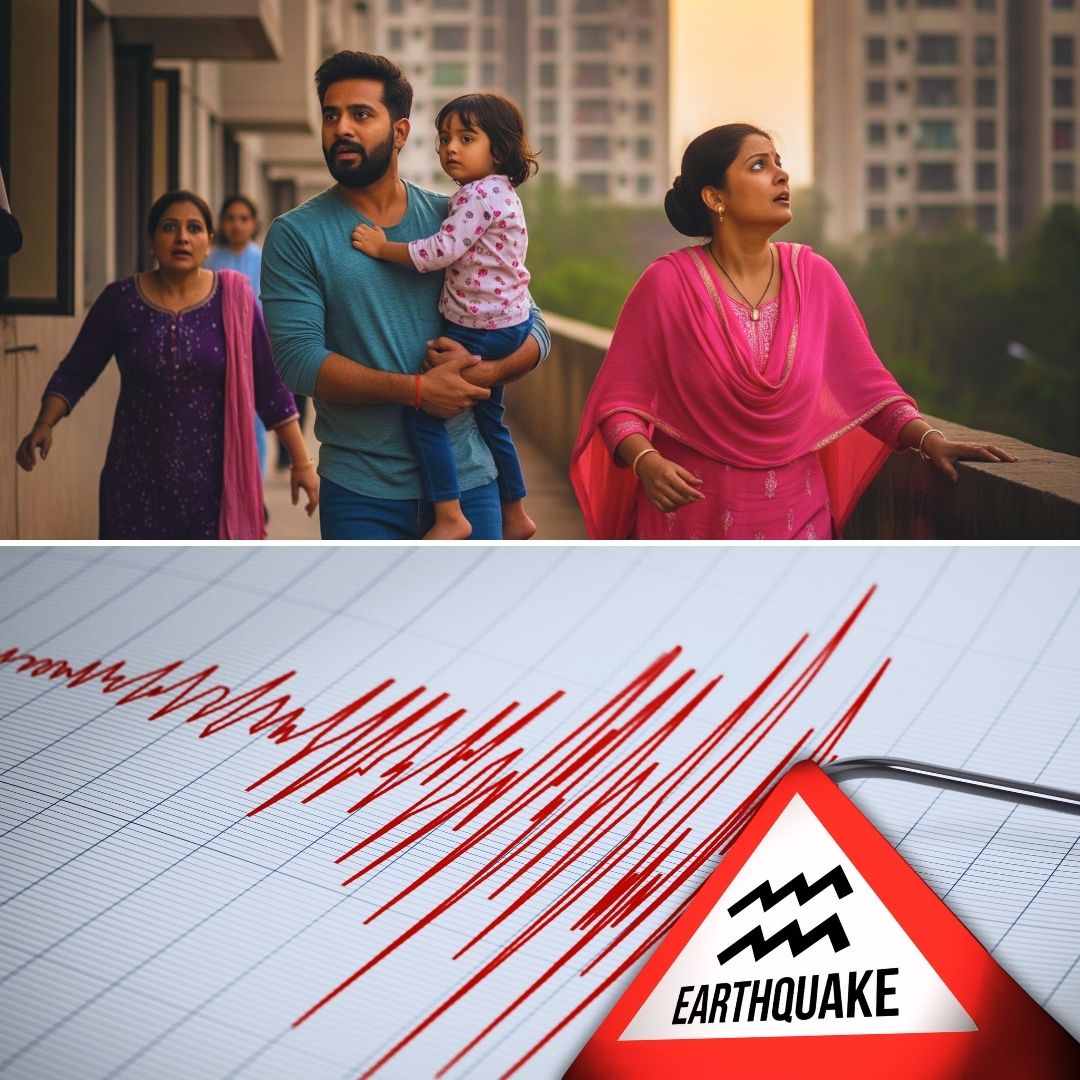A powerful earthquake measuring magnitude 6.3 struck near the Andaman and Nicobar Islands in the Bay of Bengal early Tuesday, July 29, 2025, at approximately 12:11 a.m. local time. The tremor occurred at a shallow depth of 10 kilometres, according to the National Centre for Seismology (NCS) and the German Research Centre for Geosciences (GFZ).
The epicentre was pinpointed at latitude 6.82° North and longitude 93.37° East, within a seismically active region prone to earthquakes and tsunamis. Fortunately, no immediate damage or casualties have been reported, but officials remain vigilant and are closely monitoring the situation.
Earthquake Strikes Amidst Calm: Official Responses and Precautionary Measures
Residents across the Andaman and Nicobar Islands and adjacent coastal areas reportedly felt the tremors from the quake, which rattled buildings and created moments of anxiety among the community. The NCS confirmed the earthquake details on its official X (formerly Twitter) handle to keep the public informed in real time. Authorities promptly issued safety advisories urging coastal residents to maintain alertness for any abnormal sea patterns that could signal a tsunami threat, given the area’s vulnerability.
Local disaster management teams have since stepped up preparedness efforts. The Commissioner of Disaster Management in the islands reportedly reassured the public, stating, “While no damage has been detected so far, we emphasise the importance of vigilance and readiness given the region’s seismic risk profile.” Early warning systems remain active, and rescue and emergency personnel are on standby to respond if needed.
Geological Context: Understanding the Seismic Activity in the Andaman Region
The Andaman and Nicobar Islands lie on the boundary of the Indian and Burmese tectonic plates, part of the larger Sunda subduction zone — a highly active seismic belt resulting in frequent earthquakes and occasional tsunamis. The shallow depth of 10 kilometres often means that the tremors are more strongly felt on the surface compared to deeper quakes.
This 6.3 magnitude earthquake joins a series of seismic events in the region and across India this month, including a relatively minor 3.2 magnitude tremor felt in Delhi and the National Capital Region on July 22. Such events highlight the dynamic nature of the Earth’s crust and the need for ongoing preparedness. From July 29 to August 1, the NCR is conducting extensive disaster management drills to better equip officials and citizens for emergencies, underscoring the value of readiness on multiple fronts.
Globally, other seismic zones, including Japan and South Pacific regions, have experienced recent activity, illustrating that earthquake risk is a constant concern for many interconnected regions.
The Logical Indian’s Perspective
The recent earthquake near the Andaman and Nicobar Islands serves as a stern reminder of the unpredictability of natural forces, underscoring the value of community resilience, awareness, and compassion towards those living in vulnerable zones. At The Logical Indian, we stress the importance of fostering dialogue and collaboration among governments, scientists, and citizens to build stronger, well-prepared communities.
Furthermore, in the face of potential climate and environmental changes that might influence geological dynamics, investing in scientific research, robust early warning systems, and education is essential to save lives and limit harm.
EQ of M: 6.3, On: 29/07/2025 00:11:50 IST, Lat: 6.82 N, Long: 93.37 E, Depth: 10 Km, Location: Bay of Bengal.
— National Center for Seismology (@NCS_Earthquake) July 28, 2025
For more information Download the BhooKamp App https://t.co/5gCOtjdtw0 @DrJitendraSingh @OfficeOfDrJS @Ravi_MoES @Dr_Mishra1966 @ndmaindia pic.twitter.com/QZdzAeIift












